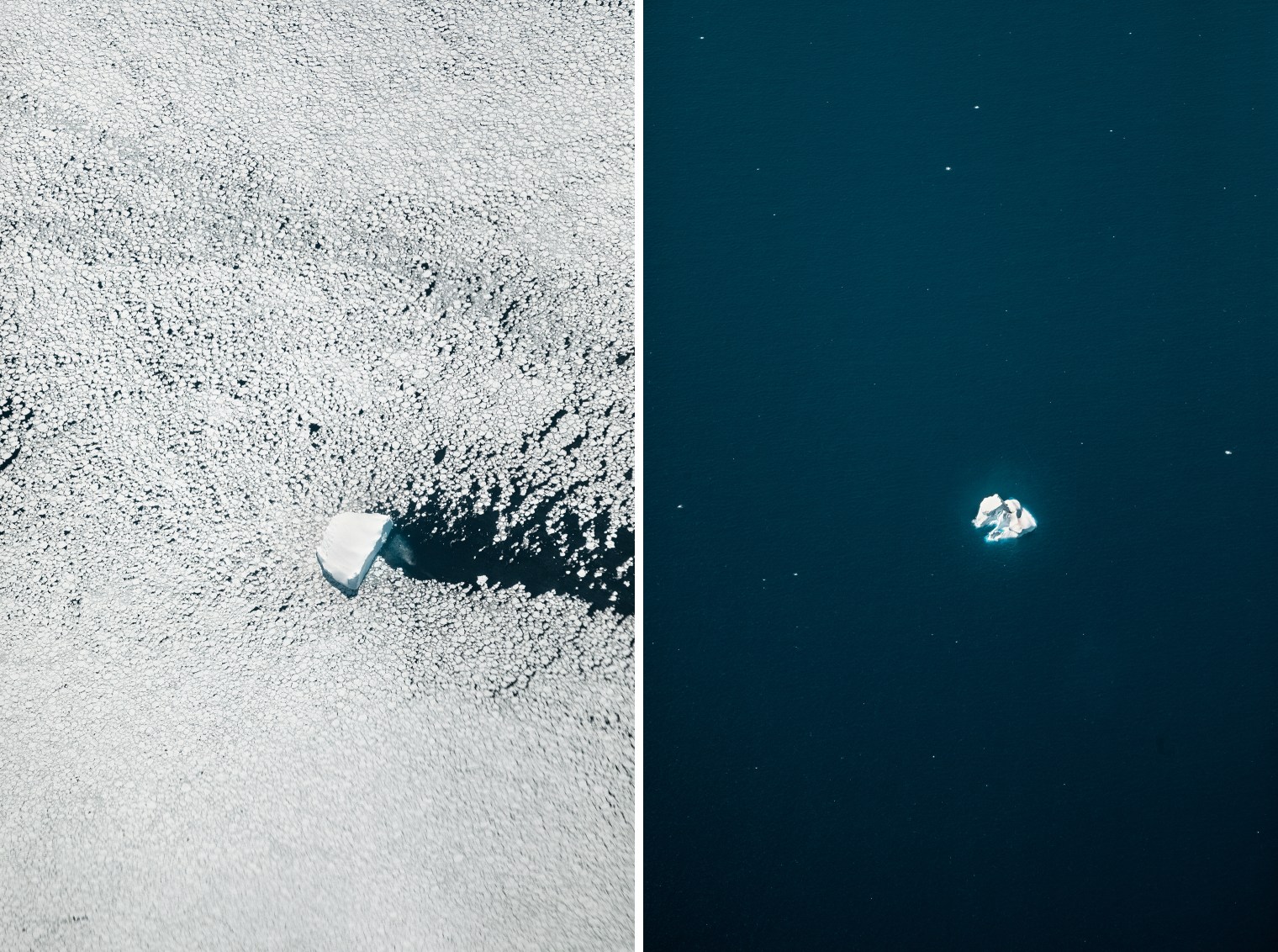Geography
Antarctica is the southernmost continent on Earth, encompassing the geographic South Pole and situated almost entirely south of the Antarctic Circle. It is the fifth-largest continent, covering approximately 14 million square kilometers, making it about 40% larger than Europe. The continent is surrounded by the Southern Ocean and is characterized by its vast ice sheets, which cover about 98% of its surface. The Antarctic ice sheet is the largest single mass of ice on Earth, containing about 60% of the world's fresh water. The average thickness of this ice sheet is approximately 1.9 kilometers. Beneath the ice, the continent features mountain ranges, valleys, and subglacial lakes, such as Lake Vostok, one of the largest subglacial lakes in the world. The Transantarctic Mountains divide East Antarctica and West Antarctica, with the former being larger and more elevated.
Climate
Antarctica is the coldest, driest, and windiest continent. The interior experiences extremely low temperatures, with the lowest natural temperature ever recorded on Earth being -89.2°C (-128.6°F) at the Soviet Union's Vostok Station in 1983. Coastal regions are comparatively warmer, with summer temperatures occasionally rising above freezing. Precipitation is scarce, classifying much of the continent as a polar desert. The coastal areas receive more precipitation than the interior, primarily in the form of snow. Strong katabatic winds, driven by gravity, flow from the interior toward the coast, contributing to the harsh climatic conditions.
History of Exploration
The existence of a southern landmass was speculated upon for centuries, but the first confirmed sighting of Antarctica occurred in 1820 by a Russian expedition led by Fabian Gottlieb von Bellingshausen and Mikhail Lazarev. Throughout the 19th and early 20th centuries, numerous expeditions aimed to explore the continent, culminating in the Heroic Age of Antarctic Exploration. Notable figures from this era include Roald Amundsen, who led the first expedition to reach the South Pole in 1911, and Robert Falcon Scott, whose team reached the pole shortly after but perished on the return journey. These explorations laid the groundwork for scientific research and territorial claims in the region.
Governance and the Antarctic Treaty System
Antarctica is unique in that it has no native human population and is governed by an international agreement known as the Antarctic Treaty System (ATS). The Antarctic Treaty was signed on December 1, 1959, by 12 countries active in Antarctica during the International Geophysical Year of 1957–58. It entered into force on June 23, 1961, and has since been acceded to by numerous other nations. The treaty sets aside Antarctica as a scientific preserve, establishes freedom of scientific investigation, and bans military activity on the continent. It prohibits nuclear explosions and the disposal of nuclear waste. The treaty also suspends territorial sovereignty claims, effectively neutralizing disputes over land ownership. The Protocol on Environmental Protection to the Antarctic Treaty, also known as the Madrid Protocol, was adopted in 1991 and entered into force in 1998. It designates Antarctica as a "natural reserve, devoted to peace and science" and prohibits all activities relating to mineral resources, except for scientific research. The protocol also establishes principles for environmental protection, including the assessment of human activities' environmental impacts and the conservation of Antarctic flora and fauna.
Territorial Claims
Seven countries have made territorial claims in Antarctica: Argentina, Australia, Chile, France, New Zealand, Norway, and the United Kingdom. Some of these claims overlap, notably those of Argentina, Chile, and the United Kingdom. The Antarctic Treaty effectively suspends these claims, and no new claims are permitted while the treaty is in force. Many countries, including the United States and Russia, do not recognize any claims and have reserved the right to make claims in the future. The treaty promotes international cooperation and ensures that Antarctica remains a zone of peace and scientific research.
Research and Human Activity
Antarctica is dedicated to scientific research, with numerous countries operating research stations across the continent. These stations conduct studies in various fields, including glaciology, meteorology, astronomy, and biology. The harsh environment provides unique opportunities to study climate change, as the continent's ice cores contain records of past atmospheric conditions. The largest research station is the United States' McMurdo Station, capable of housing over 1,000 personnel during the summer months. Other significant stations include Russia's Vostok Station, France and Italy's Concordia Station, and the British Antarctic Survey's Halley Research Station. The population of Antarctica varies seasonally, with approximately 5,000 people residing on the continent during the summer and around 1,000 during the winter. These individuals are primarily scientists and support staff. Tourism is also present, with visitors arriving via ships and aircraft, though it is regulated to minimize environmental impact.
Environmental Concerns
Antarctica's environment is fragile and susceptible to human activities. Climate change poses significant threats, including the melting of ice sheets, which contributes to global sea-level rise. The West Antarctic Ice Sheet is particularly vulnerable and has shown signs of instability. The continent's ecosystems are also at risk from pollution, overfishing, and the introduction of non-native species. The Convention for the Conservation of Antarctic Marine Living Resources (CCAMLR), established in 1980, aims to preserve marine life and environmental integrity in the Southern Ocean. Despite these efforts, challenges remain, such as illegal, unreported, and unregulated (IUU) fishing, particularly of species like the Patagonian toothfish. The Madrid Protocol and other agreements under the Antarctic Treaty System continue to evolve to address emerging environmental issues and ensure the continent's protection for future generations.
